I had painted the yellow canoe a few weeks ago when the tasks ahead of me looked challenging. I felt that picture gave me energy and courage to face a challenging time in Germany.
In Germany, I was fortunate to get Karl Zipser’s critique on my painting, not the real one but its reproduction on A&P. Karl liked its bottom aspect shown below.
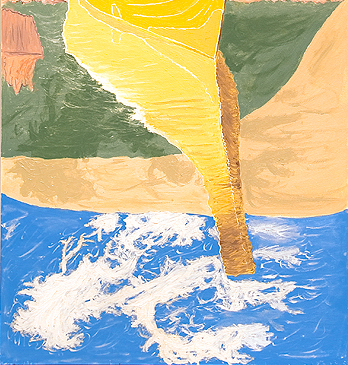 (the sky is not quite as aggressively blue as shown here).
(the sky is not quite as aggressively blue as shown here).
The boat in the top aspect of the painting, seen below, Karl said, expresses the problem of painting realistically from a photograph. The boat is too real compared to the sketchy background that is supposed to represent reeds with a dune. Karl also disliked the smiley impression on ‘my’ face.
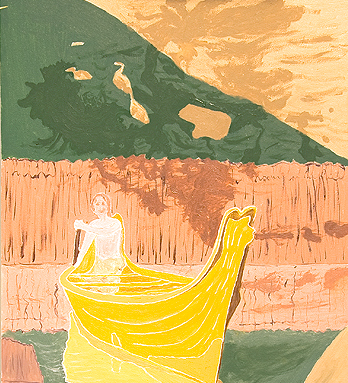
A final lesson was not to make the picture too tall. A picture has to be viewable on a small laptop. Looking at the canoe painting, as I scrolled it up and down on a tiny monitor of an Acer laptop at an internet café, Karl did not immediately grasped about the cloud images. Namely, that on the top, a cloud throws a dark shadow on the dune which then is reflected as lighter dark shadow into the water and finally, the white cloud and blue sky directly reflecting into the bottom aspect of the picture.
Karl and I then decided that I could improve the picture by filling in the background in the top aspect thereby removing the boat and then painting the boat again, less photographically accurate.
What sounded like a good idea in Germany, no longer felt right when I came home and looked at the actual painting. Looking at the yellow boat makes me feel good, gives me strength! As an aside, what had seemed a challenging time ahead on April 24th turned out to be significantly more challenging both in Germany and here in Michigan. To accomplish all the tasks that have accumulated requires that I clone myself, three copies and the original should be enough.
My emotions tell me to keep the current yellow canoe for feeling good. For the moment, I will also keep the silly smiley face.
Currently, I plan to fix the background – the reeds and dune – rather than the canoe so that all three will begin to harmonize in the top aspect of the picture.
I already followed one piece of advice that Karl gave me. I painted the 3/4 inch cradle of the Ampersand board dark green, not in oil but with viridian acrylic. Karl said that a dark frame will help me to paint the entire spectrum from white to black.
Having documented Karl’s critique that I am interpreting creatively, I now will return to my day job.
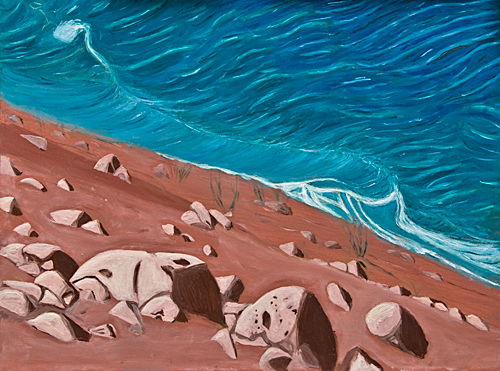 .
.
 1
1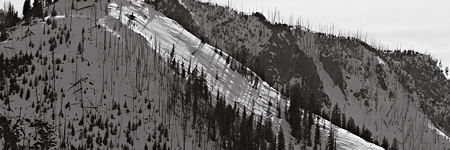 1
1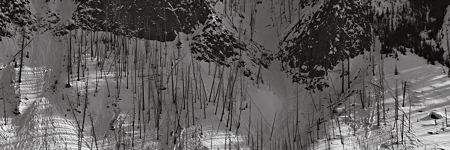 2
2



 1
1